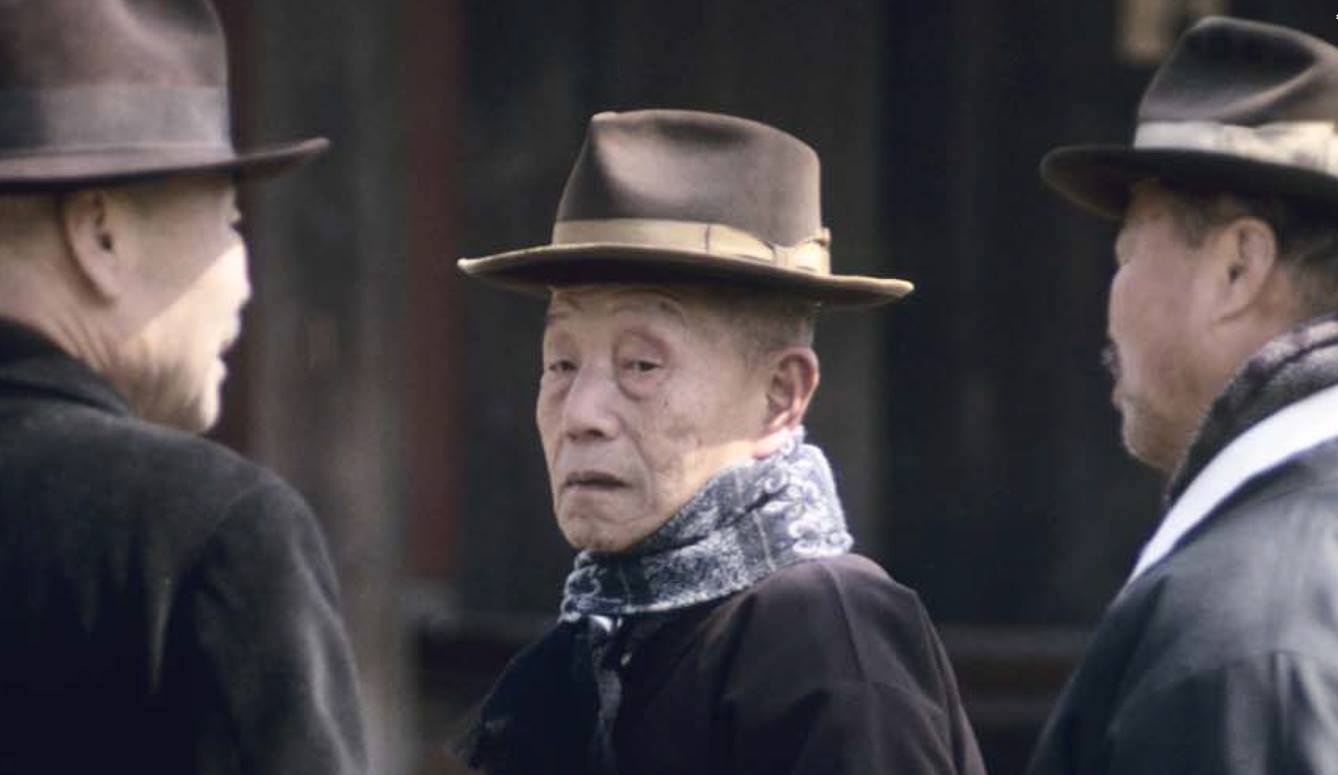On a busy Friday the 13th, the Residential College’s art gallery opened its doors to show off several lucky students’ work. Granted, this exhibition is invitational and students were encouraged to drop off their works by their own hands, but we’re all pretty lucky to have this opportunity. All work from this exhibition is done by students taking RC studio arts courses and who have elected to show some of their work: ceramics, printmaking, sculpture, photography, and drawing. Individual works are not labeled, though a placard listing each contributing student rests among the artwork.
Even after four years at UM and several classes in East Quad, I’ve somehow never been inside this small gallery. It felt roomier than I expected, in a way that maximized the intimacy of the space. While I roamed around alongside a few other students, I still felt that I had plenty of time and space to admire the art on display.
Prints and drawings color the long wall and give it life. Several pieces were more political than others, though holistically mixing textures and adding to said life. A piece with a person stretching to reach their foot says “Let me live” beside a different piece shouting “The first pride was a riot” in stark contrast; a piece with an image of a gun and “Never again” sits above one of a mountain. I liked seeing how the creative minds of classmates look beside each other and how the individual pieces work into the whole. Despite so many different approaches, it all worked so well together.
From there, the gallery moves into sculpture and ceramics. A series of patterned blocks make a nice juxtaposition with a smooth and more organic-looking shape. Surrounding it, wire sculptures make shadows on the walls, reminding me of various works by Alexander Calder and their placements in other galleries. Mixed-media sculptures rest in the middle of the room: one being a sculpted human heart held up by wires attached to a three-dimensional frame.
Opposite the prints, ceramic vases and series give the walls texture among another color print and several black and white photos. I especially liked the glaze techniques on the smooth vases and the patterns that the artists were able to create — and I really loved the leaf patterns on one of them, with 3D ceramic leaves crawling around its rim. It was calming to view.
One of the walls of this gallery is a large window, so people can glance at art while walking past. Between that window and the rest of the gallery, exhibition space was definitely maximized by adding other walls. I liked this because of the chance given to see work during its closing hours: different types of work are displayed together, ceramic and photo in particular, giving passersby a glimpse into what the rest of the gallery has to offer.
My own work is on display as well (photos and poems teamed together). I’m taking the black and white photography course this semester, so I recognized some of the photos and series of photos from my peers. I haven’t been able to see the other section’s photos until this exhibit, and I enjoyed seeing what they’ve been coming up with for certain projects. Their displays both juxtaposed and mirrored the prints coloring the opposite wall: several different artists with different approaches/subjects adding to one array that still works holistically.
Part of me wished that each piece was individually labeled with titles and/or artist statements so I could see what some of the artists had conceptualized, but I also liked that they stood alone. This element truly added to the idea that art can have as many meanings as people who see it, and sometimes it’s fun to make your own thoughts separate from what the artist wants you to think.
This exhibition of student work is on display until the April 27th, so you have plenty of time to go see these wonderful pieces! The gallery is always free, and open M-F from 10am-5pm. If you’d like to one day have your work shown in an exhibit like this, consider taking an RC studio arts course. Some seats are open to non-RC students.
And, for those who also have their work exhibited — truly great work! I hope you’re as excited as I am to have something original shown in a nice gallery space.







